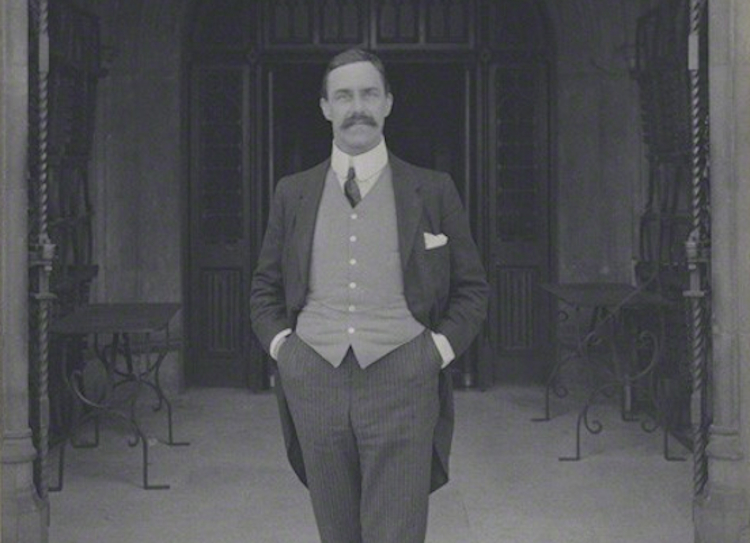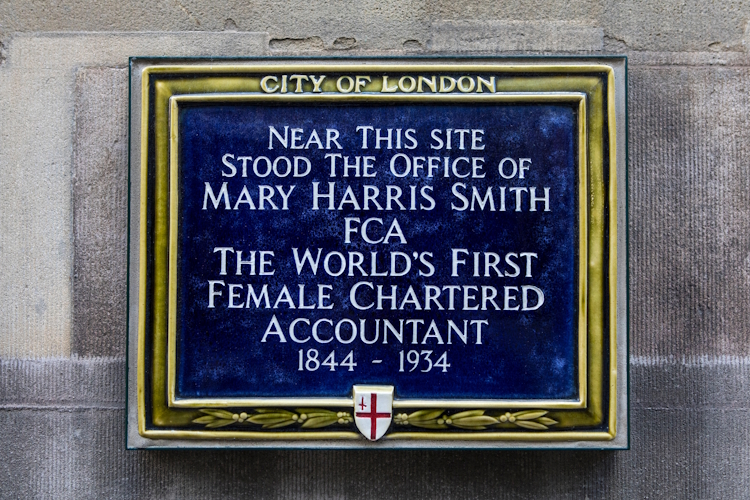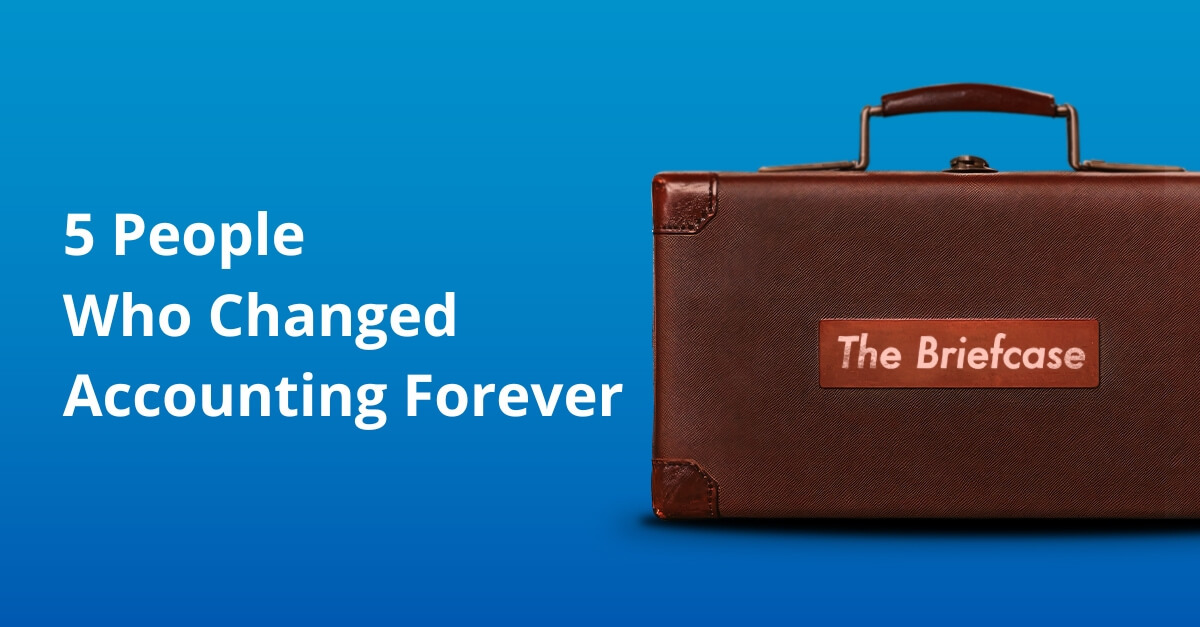You may know your beans, and how to count them, but do you know who made accounting what it is today?
Because accounting didn’t appear fully formed in an Excel spreadsheet one day – it was built, shaped, and sharpened through generations. Some names are familiar, but there are a few characters that you might not have been aware of.
Here are five people who didn’t just do the books. They rewrote them.
📜 1. Luca Pacioli – The Father of Double Entry
Luca Pacioli is often considered the father of modern accounting, at least in the West.
Never mind that similar concepts had been kicking around India, the Arab world, and elsewhere for centuries, in 1494, Pacioli wrote the book that brought double-entry bookkeeping to Europe.
His book, called Summa de Arithmetica, laid out debits, credits, and balance sheets in a systemised way that merchants, bankers, and scholars could finally follow. It was a textbook, essentially – easy to read, even for those in the back of the class.
He followed it up with a book that explained how to juggle and do card tricks. Truly, a Renaissance man.

🏭 2. Josiah Wedgwood IV – The Original Cost Accountant
At first, Josiah Wedgwood didn’t bother much with detailed accounts. He was a potter, and a successful one at that – why focus on the books when you’re bringing in the dough through clay?
But when the 1772 recession hit, demand collapsed. No one wants a plate if they don’t know what they’re going to be able to eat off it.
So, like a grizzled gumshoe, he followed the money, and turned to double-entry bookkeeping. He wanted to figure out what was going on – where were the profits hiding, and how could he draw them out?
Wedgwood became a data nerd before it wasn’t cool, tracking production costs down to individual pieces and discovering that scaling up and cutting prices would revive the business.
Others followed his lead, and the discipline of management accounting was born, an ever-growing system of metrics and benchmarks and targets, drawing a direct path from 1772 to 2025.
So, I guess we should all be very thankful! Wow, thanks, Josiah!

👩💼 3. Mary Harris Smith – The First Female Chartered Accountant
Born in 1847, Mary Harris Smith was told that the profession wasn’t for women. But Mary had an unholy urge to become an accountant, and no one could stand in her way.
She was denied entry to university, so she studied maths with private tutors at King’s. She opened her own practice in 1888, and applied to join the leading accountancy body of the time. She was rejected, so she applied to the ICAEW. And she was rejected again, both times because – you guessed it – she was a woman.
It took until 1920 for Mary to become a chartered accountant with ICAEW, and it took the passing of two bills – the Representation of the People Act 1918, and the Sex Disqualification (Removal) Act. She was 76 years old.
She really, really wanted to be an accountant.

🕵️ 4. William Welch Deloitte – The Original Auditor
In 1856, William Welch Deloitte received a letter naming him accountant to the Great Northern Railway, tasking him with investigating one of the largest financial crises of 19th-century England.
By that point, Deloitte had already built a name for himself. He’d opened his own practice at 25, and was appointed to the Great Western Railway only a few years later, becoming the first independent auditor of a public company.
His audits were thorough even by today’s standards, and his appointment at GWR won him a lot more business. He inspected accounts for docks, ironworks, cable companies – some of the true cornerstones of the Victorian economy.
Deloitte also helped formalise accounting itself. He shaped reporting standards under the Railway Companies Act 1867, and served as president of the ICAEW. No, he wasn’t president when Mary Harris Smith was trying to apply, although it was close!
Now, the big reveal – it turns out he’s actually the guy that firm is named after. Isn’t that crazy?
💼 5. Mary T. Washington – Visionary, Trailblazer, Mentor
In 1943, Mary T. Washington became the first Black woman in the United States to earn the CPA licence. By the end of the war, there were only 13 other Black CPAs in the entire country at the time, and she was the only woman.
But her real legacy began after that. Turned away from firms, she set up her own practice in her basement, and spent the next several decades hiring, training, and mentoring young Black accountants.
Her first hire was a man called Lester McKeever, when she read he passed his CPA exam in a newspaper. He later remembered her as some you "really grew under”. She was a perfectionist, and she built a community around top-notch work.
Her partners would go on to lead major institutions – McKeever became chair for the Federal Reserve Bank of Chicago. On her retirement, her team gave her a bracelet with 30 charms, each engraved with the name of someone who became a CPA because of her.
Mary didn’t just break barriers, she built bridges.
🧠 Final Thoughts
From monks to mentors, potters to pioneers, these five figures shaped accounting into the system it is today. And they did it all without Ctrl-C, and even Ctrl-V. So, the next time you write a SUMIF function, think of the men and women who made it possible.

You need to sign in or register before you can add a contribution.